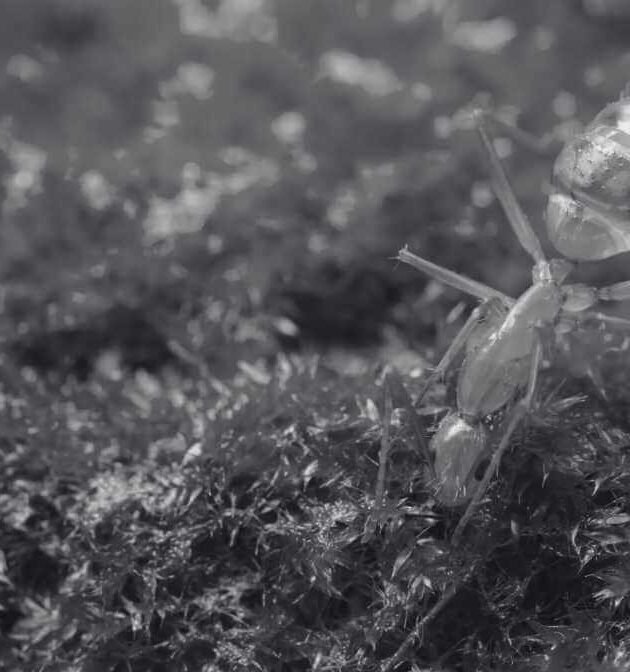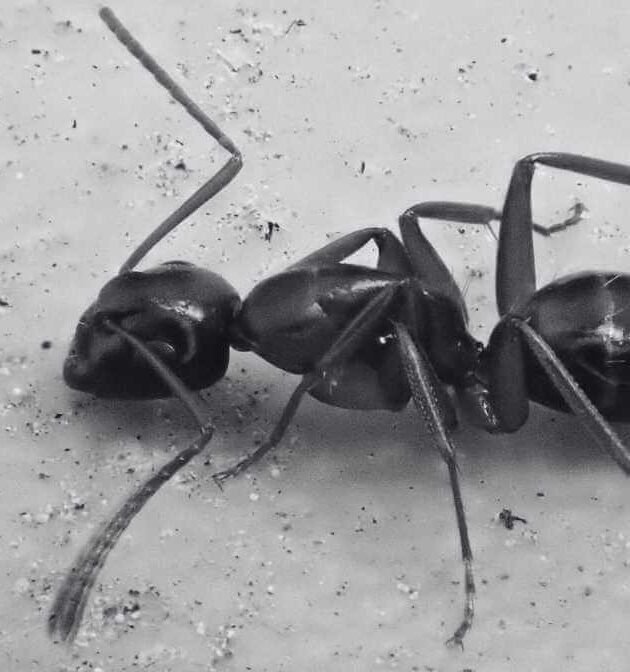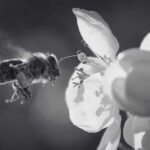
5 Reasons Honey Bee is Important to Our Ecosystem
August 1, 2024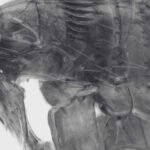
What are Fleas? Can Flea Bites On Humans Cause Harm?
August 6, 2024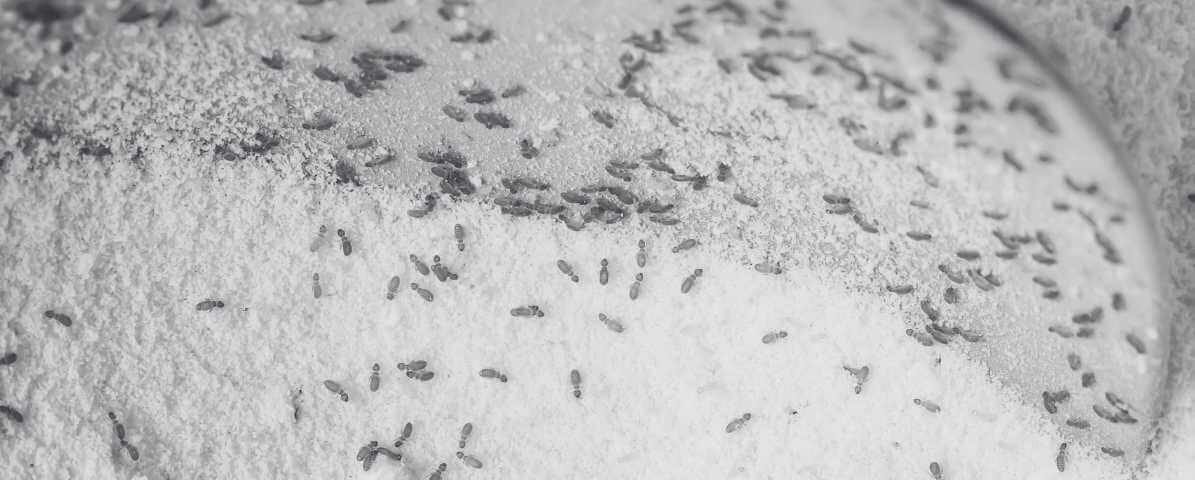
Booklice Blog
Psocids, not directly harmful to human health, can indicate underlying moisture problems. Leading to the deterioration of stored grains, books and other organic materials. Their presence signifies a need for improvements in humidity and sanitation practices.
Understanding and Managing Booklice Infestation
Seen Psocids (Psocoptera) In Grain Or Around Mould?
Psocids, commonly known as booklice or paper lice, are small insects belonging to the order Psocoptera. Despite their name, these pests are not actually lice, instead, they are tiny, wingless insects measuring about 1 to 2 mm in length. They thrive in high humidity environments and often hide in organic matter. Places where food is abundant, areas such as leaf litter and rotting wood.
They play a critical role in the ecosystem, breaking down decaying materials and contributing to nutrient cycling. When they invade homes or food storage areas, psocids can become a nuisance and pose significant challenges for owners. Understanding these pests is vital for effective pest control, particularly in Malaysia’s humid climate.
Understanding Psocids and Their Habitats
Identification of Psocids
Identifying psocids is essential for effective management. These insects typically range from 1 to 2 mm in length and have soft, elongate bodies. They are usually light to dark brown, with distinctive features such as short, bristly antennae, which may be longer than their bodies. One of the key identifiers of these pest is their wing held structure, most are wingless.
While those with wings hold them flat over their bodies when at rest. This characteristic is particularly relevant in distinguishing them from similar pests, such as termites and thrips. In addition to visual identification, they thrive in large numbers in environments, where moisture and organic matter are prevalent. Common habitats include damp corners of rooms, libraries, basements, and kitchens.
The Psocids Life Cycle and Their Feeding Habits
Life Cycle of Psocids and Their Feeding Habits
The life cycle of psocids is simple and consists of three stages: egg, nymph, and adult. Females lay eggs, which can hatch into nymphs in a matter of days under favorable conditions. Nymphs resemble miniature adults but lack wings. The entire life cycle can be complete in as little as three weeks, depending on environmental conditions.
Psocids feed primarily on organic matter, including algae, lichens, leaf litter, and detritus. These pests are especially fond of stored grains, which provide an abundant food source in many households. They can infest anything containing starch, making them a concern for food manufacturers and households alike. In addition to grains, they also feed on materials like books and paper leading to degradation in these materials.
Identifying Booklice Infestation
Infestation in Food Storage
Psocid infestation commonly occurs in food storage areas, particularly in environments characterised by high humidity. When moisture levels rise above 50%, they thrive, creating conditions conducive for infestation. They invade bags or containers of stored grains and flour, laying eggs that hatch into nymphs and soon lead to large numbers of psocids.
Moreover, the presence of algae lichens and mould can further complicate the situation. These organisms release spores and nutrients that attract them, making damp food storage areas particularly vulnerable to infestation. Owners must be diligent in inspecting their food storage areas for signs of infestation. Including visible insect collections and webbing caused by feeding.



Psocids Are Commonly Confuse with Bed Bugs For Their Close Similarity
Common Species of Psocids That Infest Homes and Businesses
Among the various species of psocids, Liposcelis decolor is one of the most prevalent in urban environments. This species is typically prefers high humidity areas, such as kitchens and bathrooms, where food residue is abundant. Liposcelis decolor is particularly noteworthy for its ability to reproduce rapidly, leading to significant pest control challenges. Both indoor and outdoor species thrive in conditions that favour their growth.
Making it essential for homeowners to keep a close watch on their environments. Another common source of confusion among residents is the differentiation between psocids and other pests. Important to note that while they primarily invade indoor environments, outdoor species exists play vital roles in natural ecosystems.
How Can I Prevent Psocids Infestation?
Preventing psocid infestations involves controlling humidity levels. Sealing food in airtight containers, maintaining cleanliness in food storage areas, and addressing any moisture issues in the home.
Negative Reviews That Tarnishes The Business Reputation
Impact of Psocids Infestation in Food Manufacturing Businesses
Psocids can significantly impact food manufacturers and businesses involved in food storage. An infestation can lead to the contamination of stored grains and other food products. This not only results in financial losses because of spoil products. But can also tarnish a company's reputation and lead to regulatory scrutiny.
When infestations occur in warehouses or manufacturing plants, immediate and effective pest control measures can prevent spread and damage. A single infested bag of grain can lead to outbreaks in entire storage facilities. Underscoring the importance of proactive monitoring and management. Regular inspections and maintaining optimal storage conditions are critical practices for food manufacturers to prevent psocid infestations.
Effective and Permanent Pest Management Solutions
Innovative Pest Control Strategies
Effectively managing a psocid infestation requires a combination of preventive measures and treatments. Here are some strategies to rid of booklice and keep your environment pest-free:
Moisture Control
Reduce humidity levels within homes and food storage areas. Use dehumidifiers and ensure proper ventilation to maintain humidity levels below 50%.
Regular Cleaning
Regularly inspect and clean food storage areas, including cabinets and pantries and any food residues that could attract pests. Keep grains and other food items in sealed, airtight containers to prevent access.
Eliminate Infested Items
Check for any infested food, such as grains and flour, and dispose of them immediately. This is crucial to prevent the spread of the infestation. Before disposing of any items, check for eggs in nearby areas to assess the extent of the infestation.
Improve Ventilation
Ensure that kitchens, bathrooms, and other high-humidity areas are well-ventilated. Using exhaust fans while cooking or showering can significantly help reduce humidity levels. Making conditions less favourable for psocids and other pests.
Mould Remediation
Since psocids feed on mould and moisture, it's important to keep your space mould-free. Clean surfaces with vinegar or a bleach solution to kill mould spores. Regularly inspect areas prone to leaks or dampness, such as basements or bathrooms, and repair any issues quickly.
Freezing Infested Items
For smaller items that may be infested, consider placing them in the freezer for at least 24 hours. This method effectively kills psocids, allowing you to preserve valuable items like books, papers, or other affected materials.
Professional Pest Control
If you find it hard to manage the infestation on your own, consider hiring our pest control professional. We have access to target treatments and can effectively assess the severity of the infestation. While providing ongoing prevention strategies.
Monitor and Reassess: After implementing control measures, it's essential to continuously monitor the affected areas. Regular checks can help you catch any returning psocids early, preventing a larger outbreak.
Professional Booklice Control Services
Innovative Pest Blog Summary
Understanding psocids is crucial for maintaining a clean and healthy environment, especially in humid regions like Malaysia. By recognising the signs of a psocid infestation, knowing the common species involved. Implementing effective pest control strategies, owners and food manufacturers can effectively manage and prevent these pests from causing disruptions.
Maintaining low humidity, regular cleaning and proper food storage are critical measures. These are ways to prevent infestations and preserving your home or business's integrity. By applying these proactive strategies, you can successfully rid of booklice and protect your space against future infestations. Ultimately ensuring a safe, pest-free environment for everyone.

